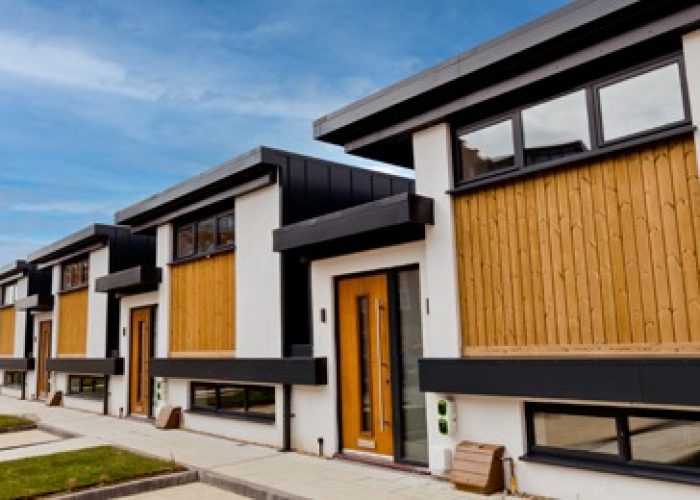Entering The Aluminium Age
November 2, 2021
With the COP26 summit underway in Glasgow, climate change and sustainability once again hit the top of the news agenda. So now seems like a good moment to recap on what makes aluminium – sometimes known as the green metal – such a great sustainable building material:
- Weight to strength ratio: Aluminium is light making it cheaper and more sustainable to transport
- Durability and long life: aluminium alloys are used in many applications where strength and durability are needed, from skyscrapers to aeroplanes. This is because aluminium has a long service like with little or no maintenance required.
- Corrosion resistance: aluminium is highly corrosion resistant without the need for treatments and chemicals.
- Aluminium can be recycled forever: It can be melted down and reformed without losing any quality, and the process can be repeated over and over again. Recycling one tonne of aluminium saves nine tonnes of CO2 emissions, and the process is quick: an aluminium drinks can could be back on the shelf in 6 weeks.
- Plentiful: aluminium is one of the most plentiful resources on earth. That being said, 75% of the one billion tonnes of aluminium that has ever been produced is still in use today, thanks to its 100% recyclable qualities.
- Uses less energy in production: manufacturing from recycled material requires 95% less energy than producing new aluminium so it is economically sustainable too. Recycling of post-consumer aluminium products saves over 90 million tonnes of CO2 and over 100,000 GWh of electrical energy, equivalent to the annual power consumption of the Netherlands [source: recycling.world-aluminium.org/review/sustainability/]
- Lower embedded carbon: the embedded carbon content in recycled aluminium is similar to recycled steel but, because aluminium has a lower density, the embedded carbon content in a recycled aluminium item is lower than the same item made from recycled steel.
